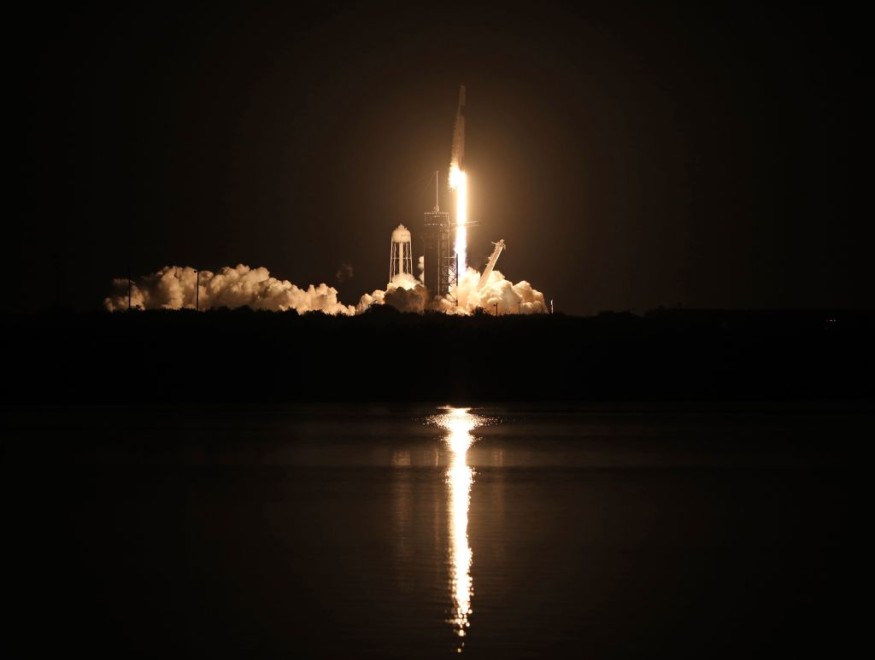SpaceX, Elon Musk's private spaceflight company, has launched 52 Starlink satellites and the Turksat 5B communications satellite for Turkey on Saturday, December 18. The satellites were aboard the Falcon 9 that lifted off from Space Launch Complex 40 at Cape Canaveral Space Force Base in Florida at 7:41 a.m. EST (1241 GMT, 04:41 a.m. local time).
The launch was broadcast live courtesy of SpaceX that started 15 minutes before liftoff. This is the 11th time the Falcon 9 rocket was launched, breaking its record and making it SpaceX's most flown rocket yet.

Turksat 5B Mission: SpaceX's Second Satellite Mission for Turkey
Earlier this year, in January, Science Times reported that SpaceX was contracted to launch Turkey's Turksat 5A satellite for its first flight of the year. Turkey aims to increase its presence in space by sending satellites that will provide communication capabilities across its country, the Middle East, and some parts of Africa.
This was met with a lot of controversy as activists who were upset over Turkey's role in the conflict between Armenia and Azerbaijan protested the launch of Turksat 5A at the headquarters of SpaceX in Hawthorne, California.
This time, SpaceX's Falcon 9 is sending the second satellite mission for Turkey: the Turksat 5B satellite. Airbus company built the communications satellite for Turksat, the only satellite operator in the country. It is a 9,900-lb (4,490 kg) satellite with an expected lifespan of 15 years.
SpaceX Adding 52 Satellites to Its Starlink Constellation
The Saturday flight also brought additional 52 Starlink satellites to its burgeoning internet constellation. According to Space.com, this is the fourth flight to carry the newly upgraded Starlink internet satellites since the company installed flat-paneled satellites to communicate with each other via laser links to increase efficiency and reduce reliance on ground stations.
As of now, the total number of Starlink satellites in low-Earth orbit has already reached 1,944 since the company first launched satellites in May 2019. SpaceX has five orbital shells located at different altitudes above Earth between 335 and 348 miles and inclinations of 53, 53.2, 70, and 97.6 degrees, which will be filled with 4,000 Starlink satellites.
Currently, the company has been filling the 53-degree shell, but they are also turning their sites to other inclinations. For instance, in September, the recent Starlink missions sent one payload to the 70-degree inclination and two to the 53-degree shell. The Saturday flight sent satellites to the 53.2-degree shell to mark a switch to a non-polar orbit for a California payload.
These satellites are part of the mega constellation SpaceX is building in hopes of connecting people around the globe through the internet, especially in rural and hard-to-reach areas. Recently, Elon Musk has announced its plan to offer space-based internet service to airlines as part of its plan to open its broadband network commercially.
The Saturday spaceflight is the 29th flight of Falcon 9 mission for SpaceX in 2021, which is a new company record for the most number of rocket launches. They hope to land two more before the year ends to bring the total launches to 31.
Check out more news and information on SpaceX in Science Times.
© 2025 ScienceTimes.com All rights reserved. Do not reproduce without permission. The window to the world of Science Times.












